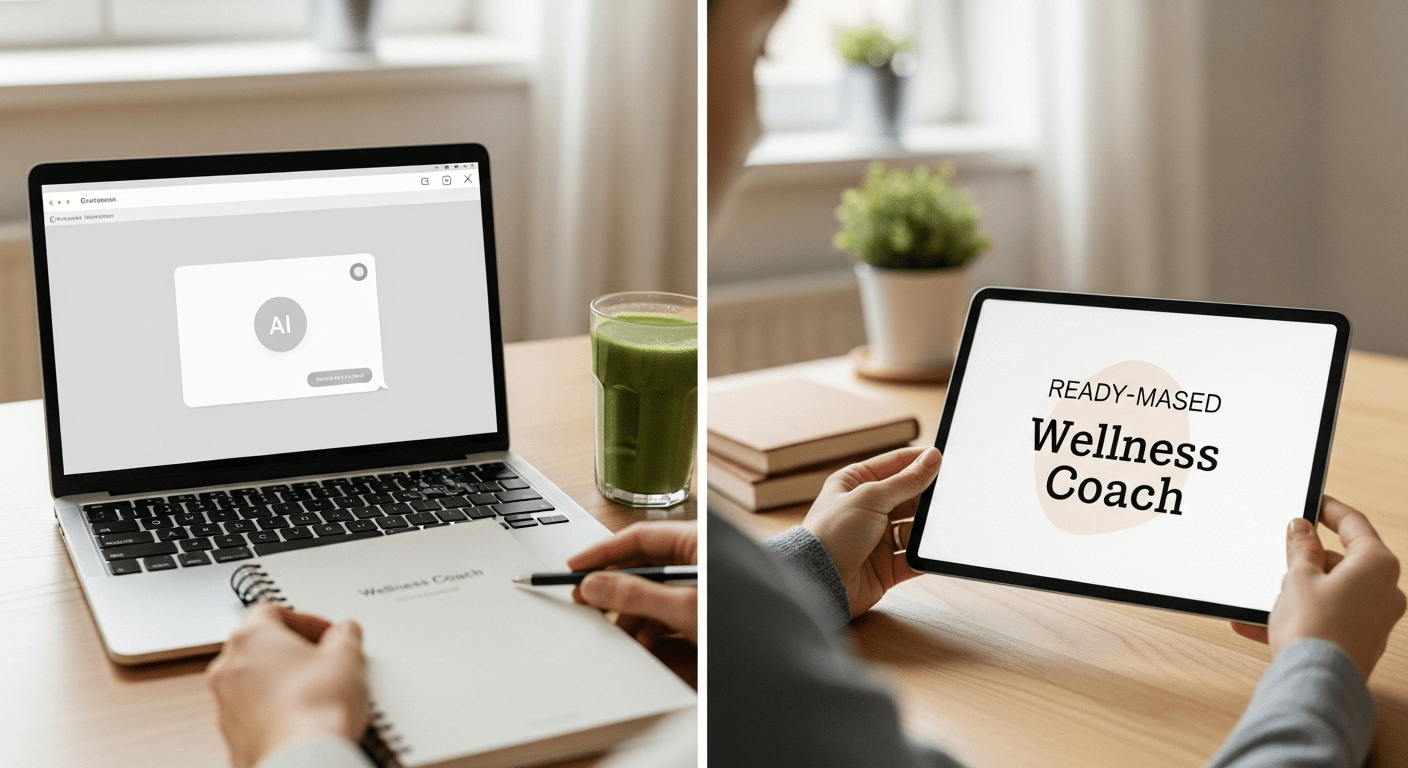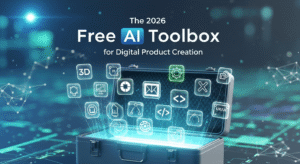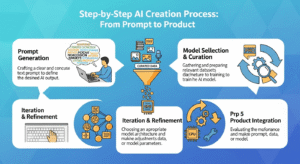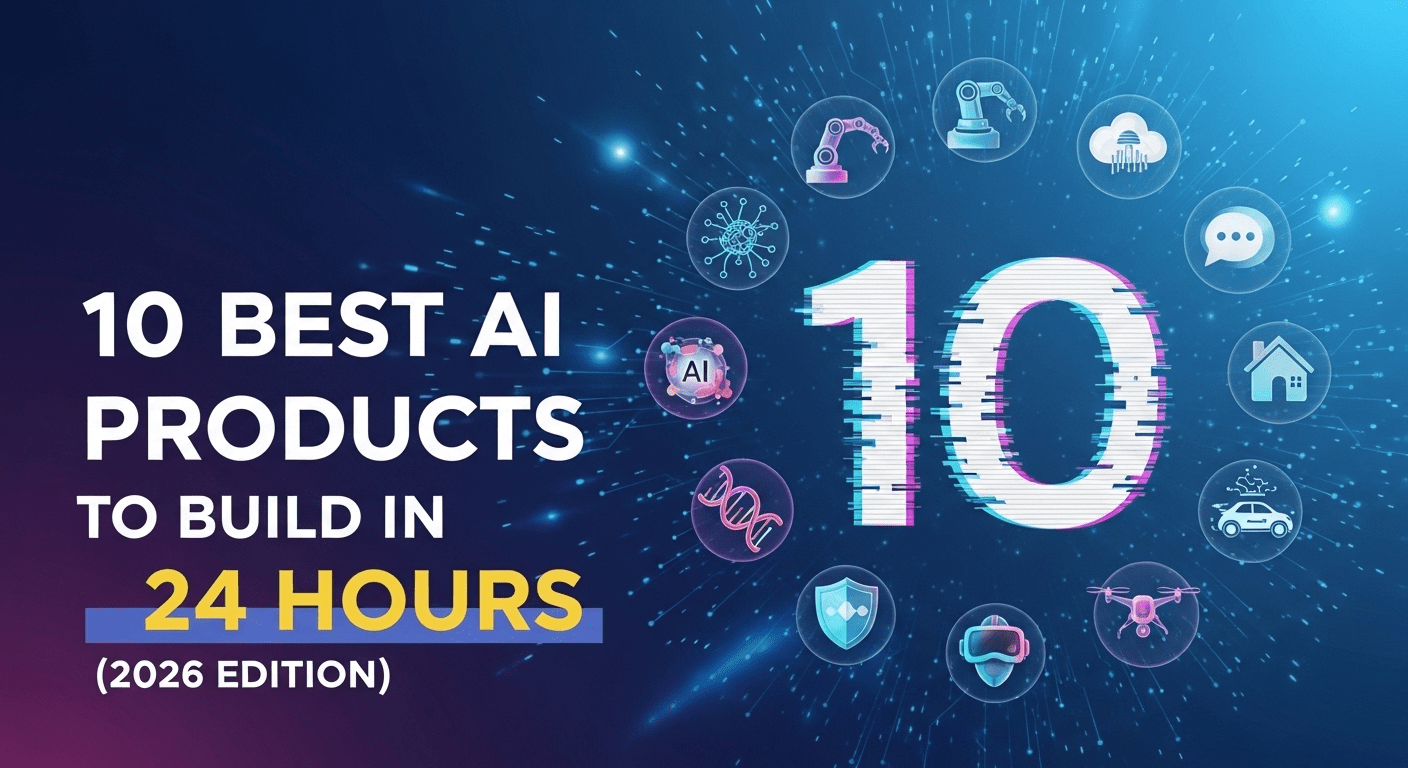
How To Create PLR Digital Products Using AI in 2026 Free
Today I am going to tell this story in part, but I used to create great cash offering services on Fiverr. I’m talking $400 per client. I was thankful for that trade, but I wouldn’t say I was upbeat.
Of course. Here is the blog post written in a clear, professional, yet conversational tone, as if explaining the process to a smart friend. PLR websites for digital products
How to Create and Sell Profitable Health and Wellness PLR Packages Using AI in 2026 (Free Tools)
Have you ever seen someone selling a digital workbook or an ebook and thought, “I could do that,” but then got stuck on the actual doing? You are not alone. The idea of creating something from nothing is the biggest hurdle.
But here is the good news. In 2026, that hurdle is practically gone. Artificial intelligence has turned the tedious parts of creation into something manageable, even easy. And you can do it without spending any money on software.
This is a practical guide. We will walk through how to create private label rights, or PLR, products in the always-popular health and wellness space. These are digital products like ebooks or lesson plans that other people can buy and put their own name on. It is a fantastic way to build a side income because you create an asset once and can sell it over and over again.
I have used these exact steps to build a steady stream of passive income. The best part is that you are providing real value. Coaches, bloggers, and other entrepreneurs are actively looking for well-made content to use in their businesses. You can be the one who provides it.
Let us get started.
Part 1: Laying the Groundwork for Your PLR Product Strategy
Before you open an AI tool, you need a plan. Think of this like drawing a map before a road trip. It keeps you from getting lost and wasting time. I learned this lesson myself when my first attempt at a PLR product, a generic healthy eating guide, and reselling digital products went nowhere. It was not specific enough to stand out.
Finding Your Specific Corner of the Market
“Health and wellness” is a huge topic. To be successful, you need to pick a specific corner of it. Who is more likely to buy a product? Someone looking for “fitness,” or a new parent specifically searching for “10-minute postpartum core workouts”?
The answer is always the specific one.
So how do you find these smaller niches? You can ask the AI. Go to a free tool like ChatGPT and type in, “Give me a list of specific health and wellness niches for busy professionals.” You will get ideas like “stress management for remote workers” or “healthy desk lunch recipes.” See how that is easier to target? By solving a very specific problem, your product becomes much more valuable.
Deciding What to Actually Create
Now, what kind of product should you build? Think about what would be most useful for a wellness coach or a blogger. They do not just want a single item. They want a complete toolkit for their clients or audience.
Here are a few ideas that always seem to be in demand.
A challenge guide, like a “14-Day Mindfulness Challenge,” is great because it gives people a clear structure. Workbooks and planners are also excellent. They are interactive and feel very valuable. Think of a “Stress Management Workbook” with exercises and journal prompts.
You can also create smaller items like a set of “Meditation Scripts” or “Motivational Quote Images.” The real power, though, is in combining these. Sell an ebook together with a workbook and a few ready-made blog posts. This is called a PLR package, and it is a complete solution that people are happy to pay more for.
Setting the Ground Rules
This is the least exciting but most important step. You have to define the rules for how people can use your product. This is your license agreement.
Be very clear. Can the buyer edit your content? Yes. Can they put their name on it as the author? Absolutely. Can they sell it to their own audience? Of course.
But what can they not do? The main rule is that they cannot resell the PLR rights themselves. They cannot just take your package and put it up on a PLR website for others to buy. You are selling them the content to use, not the right to become your competitor.
A simple one-page document that explains this is all you need. It makes you look professional and prevents misunderstandings later.
Part 2: The 2026 Free AI Toolbox for Digital Product Creation
Now for the fun part, the tools. The amazing thing about starting now is that you do not need a budget. The free versions of today’s AI tools are incredibly powerful. These are the ones I use every single day.
Your Writing Assistants
For the words in your ebooks and blog posts, you have a few fantastic options.

ChatGPT is a great all-around helper. It is perfect for brainstorming ideas and drafting sections of text. It has a very natural, conversational style.
Then there is Claude. I have found that Claude is especially good at writing longer, more structured content. If you need a well-organized chapter, it is a great choice.
For the most up-to-date information, try Google Bard. It can search the web, so it is perfect for finding recent statistics or studies. For example, you can ask it to “find recent data on workplace stress,” and it will incorporate that into your content.
I often use them together. I might use ChatGPT for the initial idea, Claude to build a solid draft, and Bard to check facts and add current data.
Making It Look Good
Let us be clear. You do not need to be a graphic designer.
Canva is your best friend here. The free plan has everything you need. You can design beautiful ebook covers, workbook pages, and social media graphics. It even has AI features that can help you create designs from a simple text description.
For custom images, you have a couple of great free options. Leonardo AI offers a generous number of free images each day. Bing Image Creator is also completely free and very powerful. Need a unique picture of “a woman doing yoga at sunrise in a forest”? These tools will create it for you in seconds. This means your products can have original art that makes them stand out.
Adding Audio and Video
Want to make your product even better? Consider adding audio.
A tool called ElevenLabs has a free tier that can generate very realistic AI voices. You could turn a meditation script from your PLR pack into a calm, guided audio file. This adds tremendous value.
For simple video editing, CapCut is a free and easy-to-use tool. You could create a short welcome video for coaches to use. This instantly makes your product feel more complete and professional.
Part 3: The Step-by-Step AI Creation Process From Prompt to Product
This is where we bring it all together. Let us create a sample product, a “7 Day Digital Wellness Detox” guide. Remember, the AI is a powerful tool, but you are the director.
Building Your First Product
Start by giving the AI a clear job. Do not just say “write an ebook.” Be specific.
Here is a prompt you could use. “Act as a digital wellness expert. Create a detailed outline for a ‘7 Day Digital Wellness Detox’ challenge. The audience is busy professionals who feel overwhelmed by technology. The outline should have an introduction, seven daily chapters, each with a morning and evening task, and a conclusion.”
The AI will give you a solid structure in less than a minute. Now, you can have it write each section. For example, “Now, write the full content for Day 3, which is about managing email overload. Make it about 500 words and include one practical tip.”
This is how you build it, piece by piece.

Now, here is the critical part that you cannot skip. You must edit everything the AI gives you.
Read it all the way through. Does it sound natural? Does it flow? Change any awkward sentences. Add a short personal story if it fits. “I used to check my phone first thing in the morning, and it made me anxious all day. Now, I leave it in another room…” This human touch is what makes the content feel genuine and trustworthy.
Fact-check everything. If the AI mentions a study, look it up. Your reputation depends on the quality you provide.
Creating a Full Package
A single ebook is good. A full package is better.
Let us expand our “Digital Wellness Detox” into a complete kit. First, you have the core ebook. Then, use the AI to create a companion workbook. “Design a 10-page workbook for the Digital Wellness Detox. Include daily reflection questions and a habit tracker.”
Next, create some ready-made blog posts. Write five different 800-word blog posts based on this detox. Topics could be ‘5 Signs You Need a Digital Break’ and ‘How to Set Boundaries with Your Phone.'”
Finally, use an AI image tool to create some social media graphics with quotes from the content. ready-made digital products
Now, you are not just selling an ebook. You are selling a complete content kit that saves a busy coach dozens of hours of work. That is a product people will happily pay for.
Writing Blog Posts That Feel Real
Blog posts are a core part of many PLR packs. The key is to make them sound like a real person wrote them.
Use a detailed prompt to guide the AI. “Write an 800-word blog post titled ‘Why Your Morning Phone Check Is Ruining Your Day.’ Write it for small business owners. Use a helpful but direct tone. Explain the concept of ‘attention fragmentation’ and offer three practical solutions.”
This gives the AI the tone, audience, and structure it needs to produce a high-quality, useful article that a blogger can confidently publish under their own name.
Part 4: Polishing, Packaging, and Your Sales Strategy
You have created all the pieces. Now it is time to make sure they are perfect and ready for sale.
Quality control is what separates a professional product from an amateur one. Read through every word. I use the free version of Grammarly for a final spelling and grammar check. Make sure all your design elements in Canva match and look consistent.
Your license agreement should be included as a simple PDF.
Now, how do you actually sell it? You have a few good options.

You can set up a simple store on your own website using a platform like Gumroad or Payhip. It is surprisingly easy. You can also list your product on established PLR marketplaces where people are already looking for content. Another great option is to use your PLR package as a lead magnet to grow your email list. You give it away for free in exchange for someone’s email address. This builds an audience you can sell to later.
Part 5: Scaling Your AI Side Hustle in 2026
Once you have created one successful product, you have a template you can repeat. https://medium.com/@iampaulrose/digital-products-you-can-create-and-sell-with-ai-in-2025-a057674dd193
Pay attention to what sells. Did your digital wellness kit do well? Maybe your audience would also like a “Family Digital Wellness” package. Listen to your customers and what they ask for. This is how you find your next big idea.
Your long-term goal is to build a name for yourself. You want people to search for your brand specifically because they know you offer high-quality, reliable content. From there, you can even explore offering custom creation services for clients. The skills you learn here are incredibly valuable.

Conclusion:
The opportunity to create and sell digital products has never been more accessible. AI handles the hard part of generating raw material. Your job is to be the strategist, the editor, and the quality controller.
By finding a specific niche, using these free 2026 tools, and packaging your work professionally, you are not just making a product. You are building an asset.
So, what is the first small step you can take? Maybe it is opening ChatGPT and brainstorming five micro niches. Then you will be on your way. You have all the information you need. The next move is yours.
Recommended Resources
https://earnaidesk.com/create-digital-products-with-ai/
https://earnaidesk.com/make-money-online-in-2026-digital-products-ideas/


